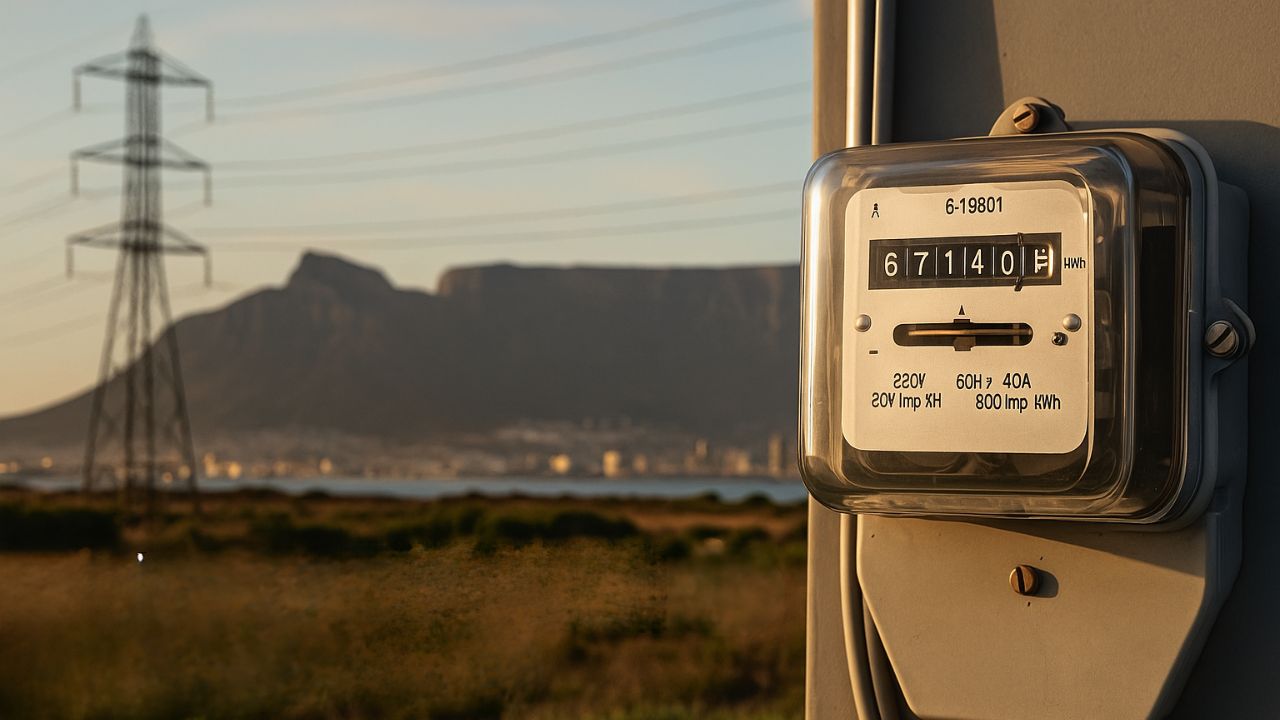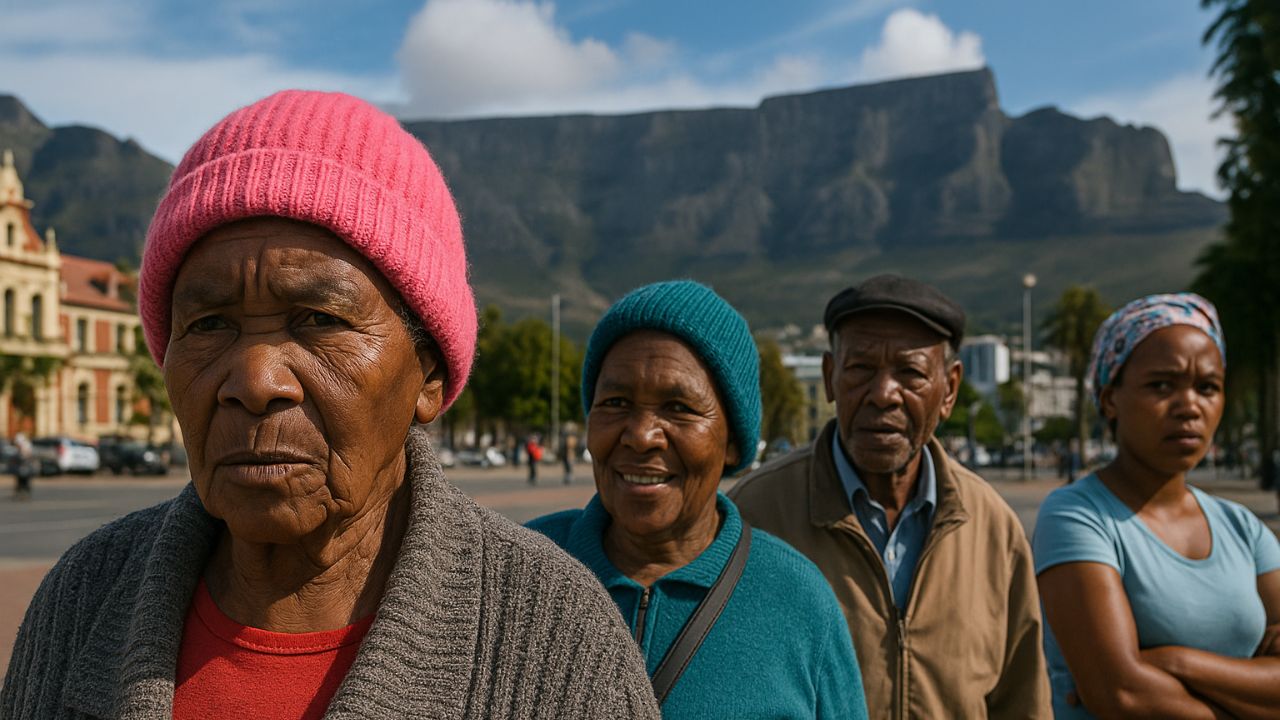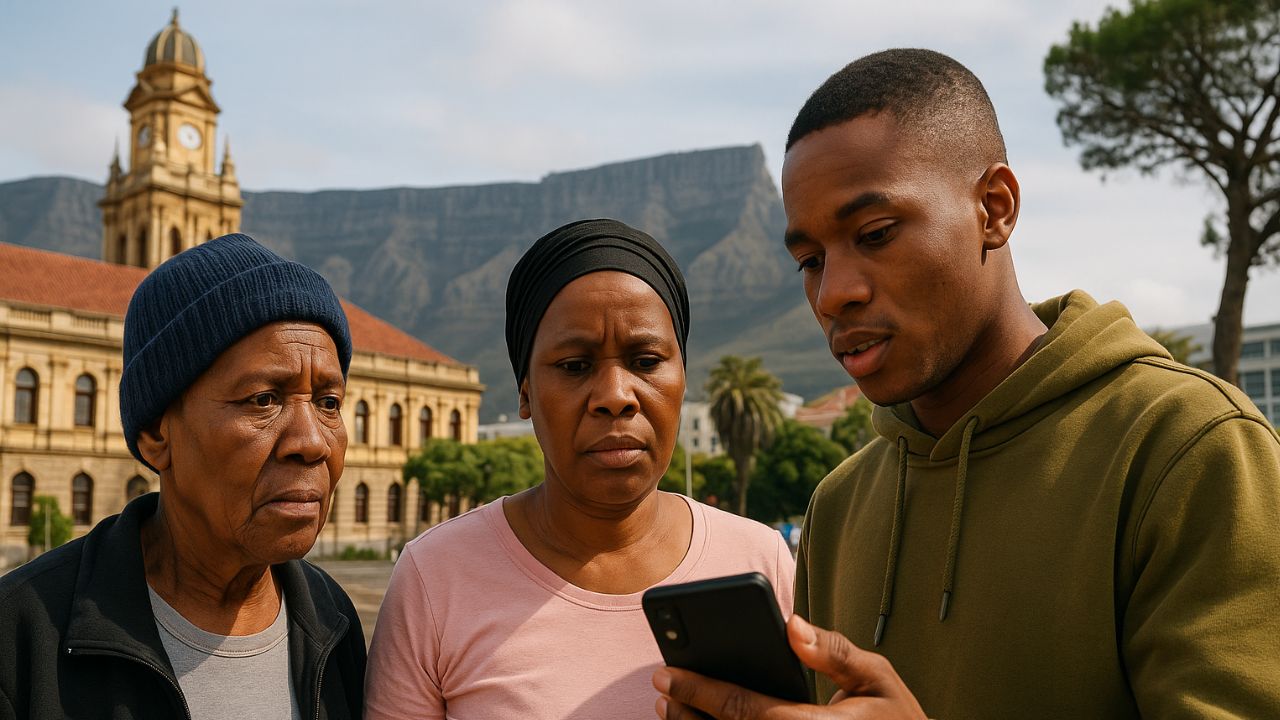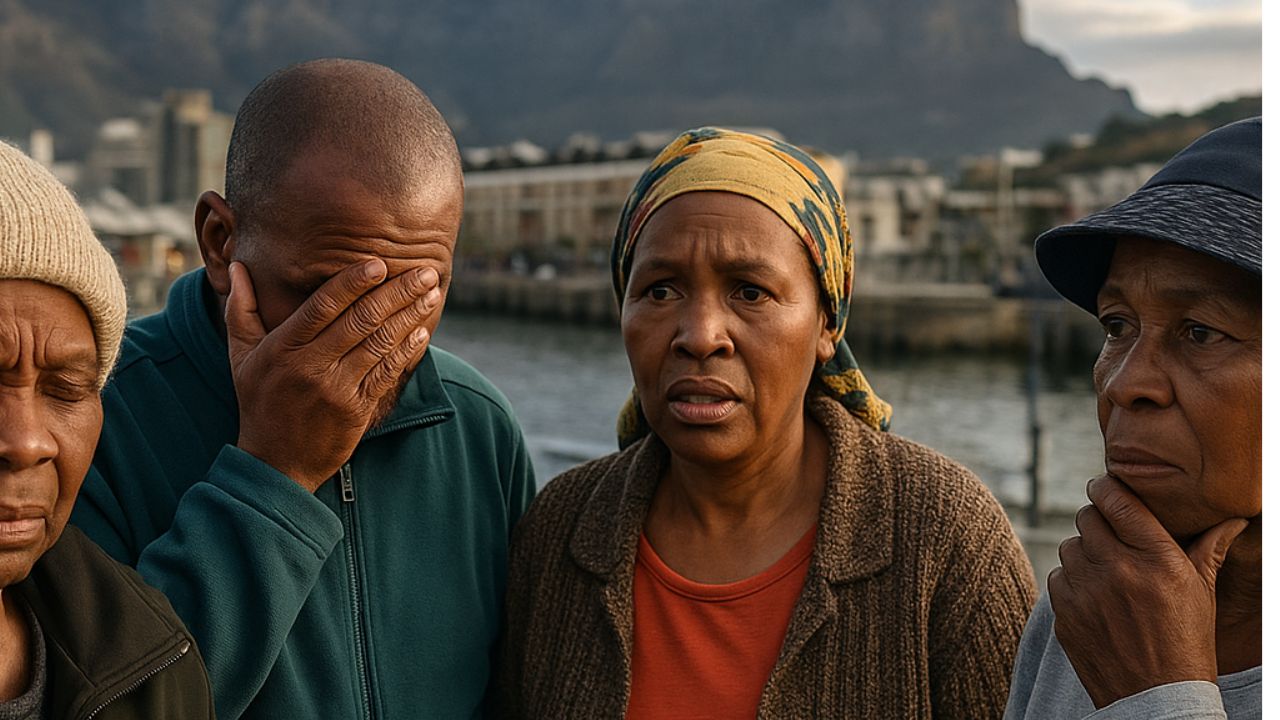
As South Africans prepare for October 2025, a major development has stirred public concern—NERSA (National Energy Regulator of South Africa) has officially announced a new electricity tariff hike effective this month. The increase comes at a time when many households are already struggling with high inflation, food costs, and fuel prices, adding even more strain to household budgets. While Eskom had earlier proposed these adjustments to recover operational costs and improve infrastructure reliability, the timing has left many citizens reeling. The tariff hike is aimed at funding critical upgrades and preventing load shedding, but it’s also being criticised for placing an unfair burden on consumers, especially pensioners and low-income families. Many civil society organisations and energy experts are calling for a more balanced approach, including government subsidies or phased increases to soften the financial blow. With the new rates kicking in across provinces from early October, families are being urged to monitor their electricity consumption closely and explore ways to save energy during this costly transition.
NERSA Confirms Electricity Tariff Hike for October 2025
The National Energy Regulator of South Africa (NERSA) has confirmed that electricity tariffs will officially increase starting from 1 October 2025, sparking nationwide concern. The average residential user can expect a price increase of up to 12.74%, depending on their municipality and usage bracket. NERSA claims the hike is necessary to address critical infrastructure upgrades, debt repayments, and operational maintenance for Eskom, which continues to face severe financial and operational challenges. While the hike was somewhat anticipated due to Eskom’s ongoing financial instability, the magnitude of the increase has shocked many. South Africans, especially small businesses and working-class households, are now faced with tough choices—whether to cut back on power usage or absorb the cost. NERSA stated that the price adjustment aligns with its multiyear price determination model, but citizens and industry experts are demanding more transparency and consumer protection mechanisms. Meanwhile, various advocacy groups have begun petitioning for relief measures to be introduced immediately.
Impact on Households and Small Businesses
With the implementation of the October 2025 electricity price hike, the biggest concern lies in how it will impact ordinary households and small enterprises. Many families are already operating on tight monthly budgets, and any sudden jump in essential service costs can lead to financial distress. For low-income communities, especially those who depend on prepaid electricity meters, the value of electricity units they receive will decrease significantly. A family that previously spent R500 per month may now need to pay over R570 for the same units, stretching their budgets further. Similarly, small and medium-sized businesses reliant on consistent power—such as bakeries, salons, and workshops—will see a direct hit to their operational costs. This could force some to increase their service prices or reduce their workforce to survive. While NERSA has promised to monitor the effects of the tariff, the lack of an immediate cushion or subsidy has sparked debates around economic inclusivity and fairness in utility pricing.
Government’s Role and Public Reaction
The South African government has responded cautiously to the public outcry following the NERSA announcement. While Energy Minister Kgosientsho Ramokgopa acknowledged the strain this decision places on the public, he also emphasised that investments in energy security are non-negotiable. The government is said to be exploring ways to provide targeted relief to the most vulnerable households, possibly through expanded energy vouchers or SASSA-linked support. Public reaction, however, has been overwhelmingly negative, with social media flooded with complaints, anger, and calls for protest. Civil society organisations like OUTA and energy analysts have criticised the government’s failure to implement long-term reforms that reduce reliance on Eskom and promote decentralised, renewable energy sources. Proposals for solar incentives and off-grid solutions are being re-discussed, as many households now consider alternative energy as a necessity rather than a luxury. The growing frustration is a clear signal that South Africans want both affordable power and a more reliable energy roadmap for the future.
Tips to Save on Electricity After the Hike
As households face the financial sting of October’s tariff increase, energy-saving has become a top priority for many South Africans. Simple changes in daily routines can lead to significant monthly savings. Firstly, switching off non-essential appliances when not in use, like geysers, televisions, and heaters, can cut usage by 10–15%. Replacing old bulbs with energy-efficient LEDs, and using gas or solar alternatives for cooking and heating, are also cost-effective options. Installing timers on geysers or reducing their thermostat can bring down consumption without affecting comfort. Washing clothes in cold water and running dishwashers only when full can further reduce bills. For prepaid users, tracking daily usage via apps or meters helps avoid shock at month-end. Eskom’s website also offers free energy-saving tips and rebate programs. Going forward, investing in small solar panels o






